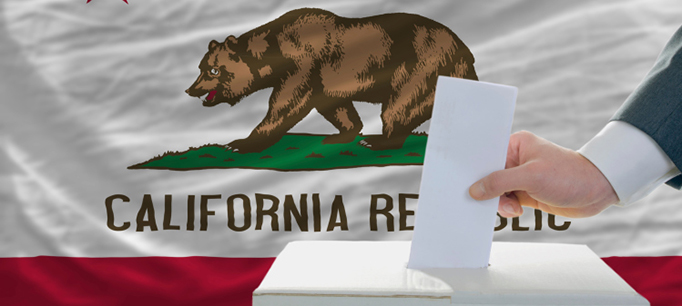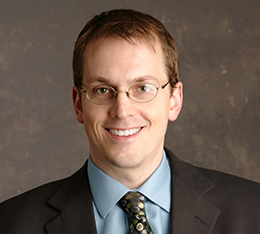This week, California voted for the second time under its new top-two primary system. The boldest innovation of this system is that it allows the top two primary winners to be from any party, even the same one. There will 25 such same-party races this fall, out of 160 total.
In an earlier blog post, I pointed out key differences between the primary and the general electorates: primary voters are typically older and less diverse—and often tilt Republican. These differences can end up producing same-party contests in places where they probably would not have occurred if primary and general election voters weren’t so different.
These same-party contests do not raise questions unless they occur in a district in which either party would typically have a legitimate shot at winning. And so far, the vast majority of same-party contests have been for seats that would have gone to somebody of that party no matter what.
But in 2012, Congressional District 31 in San Bernardino County hosted a same-party Republican runoff—although this district would likely be competitive between the two parties under most circumstances. The complexion of the primary electorate partly explained this outcome, but it also occurred because more Democrats than Republicans competed for the seat. This caused the Democratic candidates to split the loyal Democratic vote too many ways—none of them gained enough support and two Republicans advanced.
The pattern has continued in 2014. Congressional District 31 is again in the mix, avoiding a same-party Republican runoff by just 390 votes (out of more than 42,000). Meanwhile, in Los Angeles and Ventura Counties, Congressional District 25 will host a runoff between two Republicans—although this district slightly preferred Obama in 2012. That doesn’t necessarily mean that CD 25 would have been competitive this year, but all the same, it’s worth thinking about whether a same-party contest is really the match-up voters there would like to see.
The most surprising contest to come close to same-party status this cycle is the statewide race for California controller. The Democrats ran three candidates and the Republicans ran two. At the time of this writing, a same-party Republican race in the fall has been avoided by just 1,924 votes out of almost 3 million cast, a difference of less than one-tenth of one percent. This outcome may well hold, but races this close occasionally flip as more ballots are counted.
These sorts of outcomes are never going to be common under the top two. But in two election cycles they have been common enough that we ought to think about ways to address them. As part of the top-two reform, the legislature banned write-in and independent candidacies in the fall election. I have suggested we revisit that decision, and allow for such candidacies if there is demand. The bar could be set high enough to ensure that the option was rarely used, but low enough to make the option realistic, just in case.
The question is not whether same-party competition is a good idea. In uncompetitive seats, one can make a solid case that it offers choices that voters would not otherwise have—choices about which faction of the party ought to represent the district. But in places where the real conflict is between Democrats and Republicans, a same party contest closes off the very choice the top two is meant to promote.


